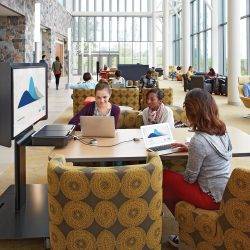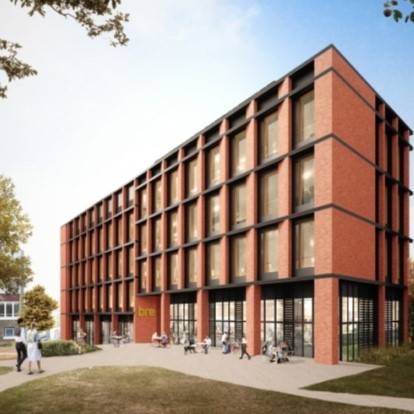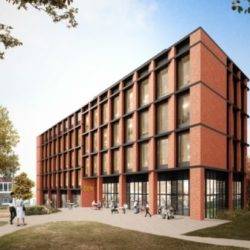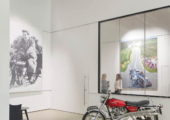To provide the best experiences, we use technologies like cookies to store and/or access device information. Consenting to these technologies will allow us to process data such as browsing behaviour or unique IDs on this site. Not consenting or withdrawing consent, may adversely affect certain features and functions.
The technical storage or access is strictly necessary for the legitimate purpose of enabling the use of a specific service explicitly requested by the subscriber or user, or for the sole purpose of carrying out the transmission of a communication over an electronic communications network.
The technical storage or access is necessary for the legitimate purpose of storing preferences that are not requested by the subscriber or user.
The technical storage or access that is used exclusively for statistical purposes.
The technical storage or access that is used exclusively for anonymous statistical purposes. Without a subpoena, voluntary compliance on the part of your Internet Service Provider, or additional records from a third party, information stored or retrieved for this purpose alone cannot usually be used to identify you.
The technical storage or access is required to create user profiles to send advertising, or to track the user on a website or across several websites for similar marketing purposes.
 Steelcase Inc. has announced the acquisition of Orangebox Group Limited, a UK-based designer and manufacturer of furniture for the changing workplace, the latest in a rapid expansion of products designed for the new ways people work. Established in 2002, in the village of Hengoed, South Wales, Orangebox created a concept they call “Smartworking” – solutions designed to foster collaboration and change cultures, while improving efficiency. The company’s portfolio includes high performance seating systems, meeting room furniture, architectural pods for visual and acoustical privacy.
Steelcase Inc. has announced the acquisition of Orangebox Group Limited, a UK-based designer and manufacturer of furniture for the changing workplace, the latest in a rapid expansion of products designed for the new ways people work. Established in 2002, in the village of Hengoed, South Wales, Orangebox created a concept they call “Smartworking” – solutions designed to foster collaboration and change cultures, while improving efficiency. The company’s portfolio includes high performance seating systems, meeting room furniture, architectural pods for visual and acoustical privacy.






 Local authorities, which are on the front line of implementation when it comes to smart, place-based digital initiatives could be helped to deliver positive, sustainable citizen outcomes for their locality with the formation of a Digital Board – a new report claims. Launched at techUK’s
Local authorities, which are on the front line of implementation when it comes to smart, place-based digital initiatives could be helped to deliver positive, sustainable citizen outcomes for their locality with the formation of a Digital Board – a new report claims. Launched at techUK’s 


























September 18, 2018
Building a culture of creativity that unites the physical and digital workplace
by Serena Borghero • Comment, Technology, Workplace design
(more…)